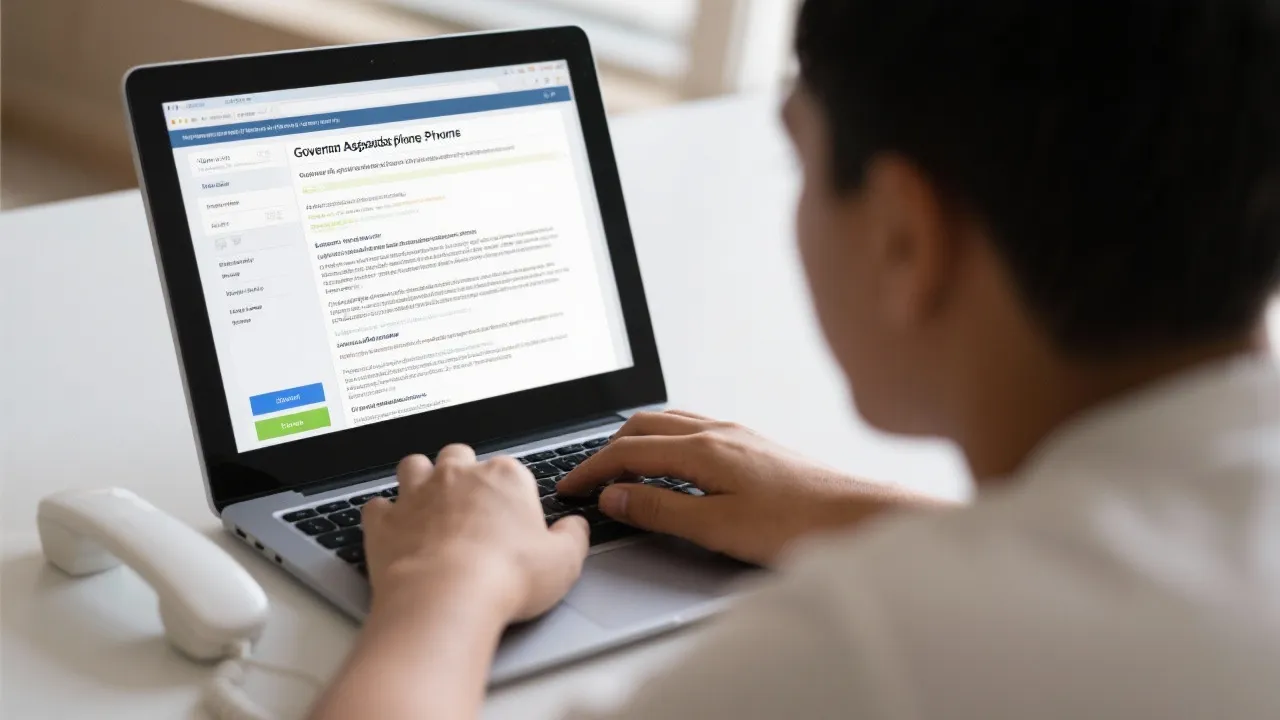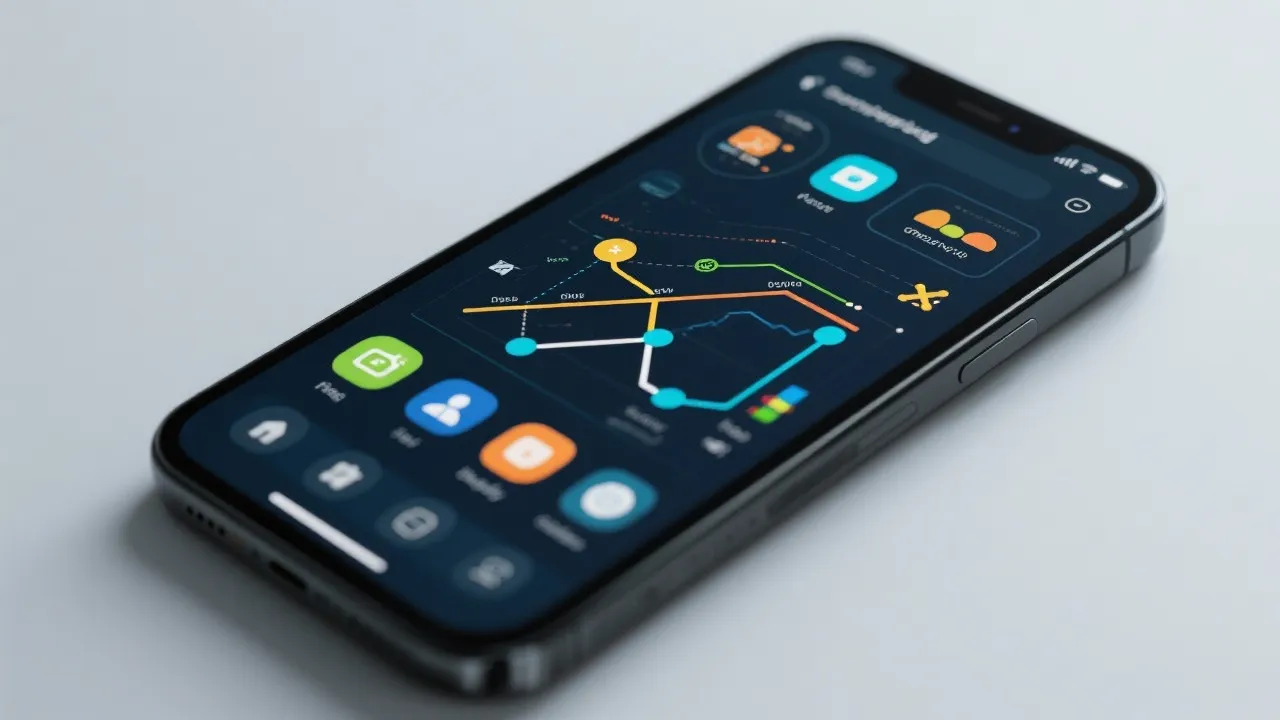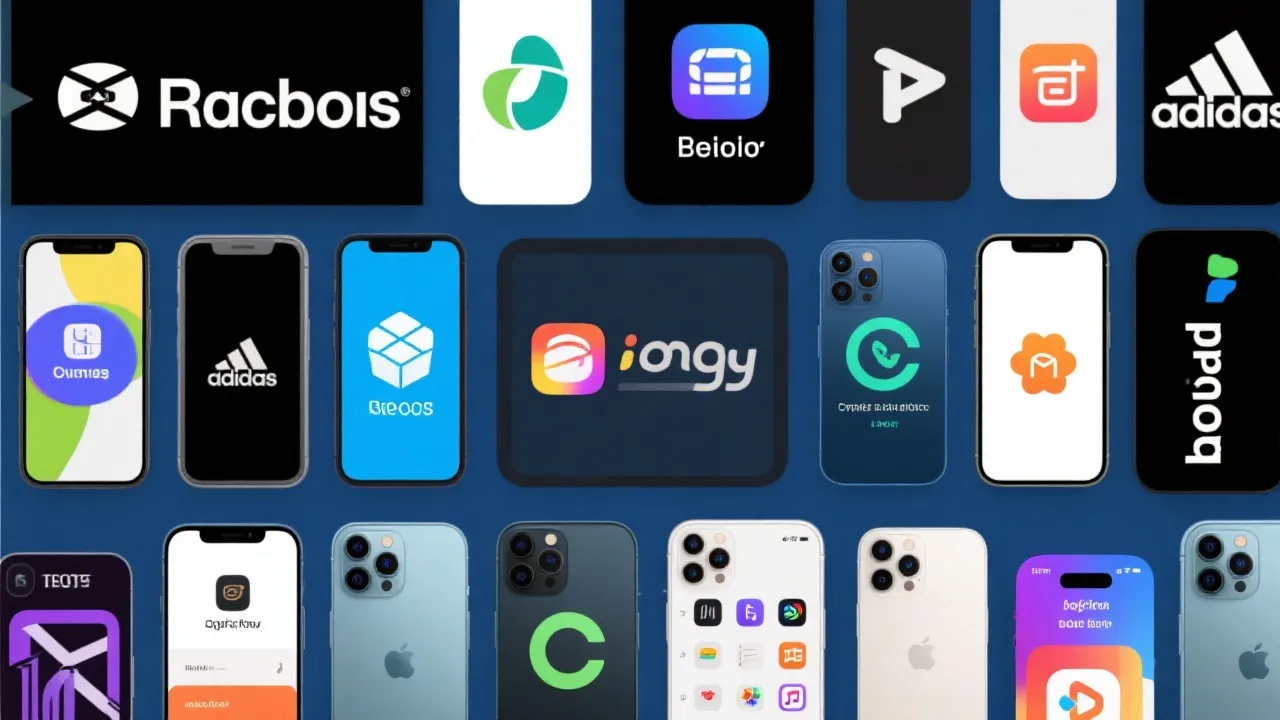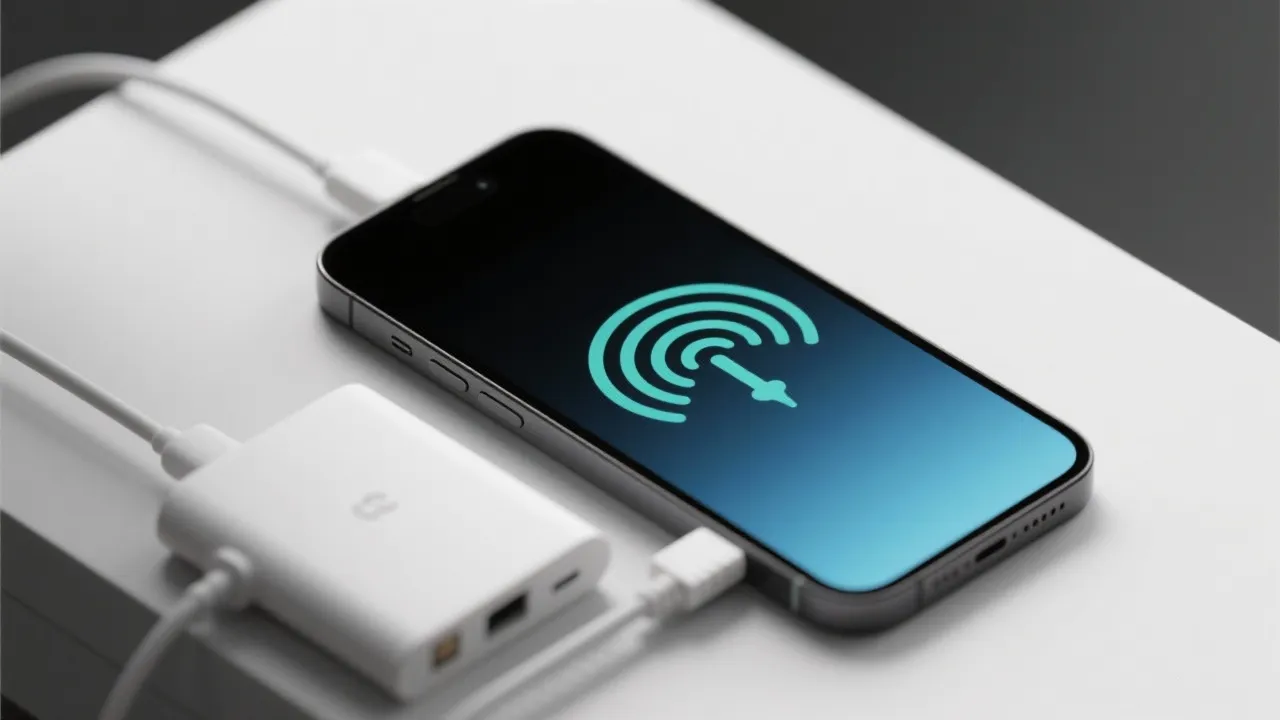Navigating Government Phone Programs
This guide explores the landscape of government-backed phone programs offering communication tools to eligible individuals. The concept of obtaining a surprising cost phone has gained increasing significance, especially for low-income households. By reviewing program criteria and options, potential beneficiaries can embark on an informed journey to access vital connectivity services.
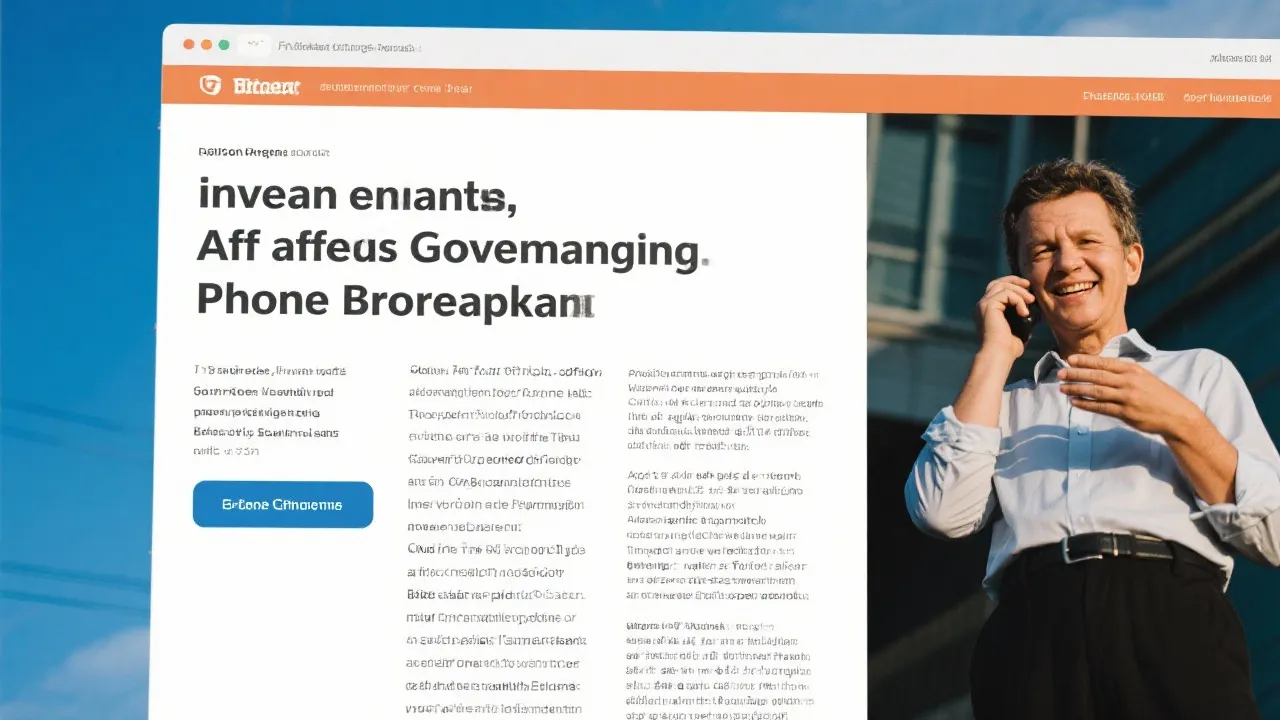
Understanding Government Phone Programs
In an era where connectivity is paramount, government-backed phone programs play a crucial role in narrowing the digital divide. Designed to help low-income individuals and families, these plans provide affordable means of communication and access to essential services. This article delves into how programs like SafeLink Wireless, Assurance Wireless, StandUp Wireless, Access Wireless, and True Wireless offer mobile solutions to promote inclusivity within telecommunications.
With the rapid advancement of technology, staying connected has become increasingly important for everyday activities such as work, education, and accessing healthcare services. Unfortunately, a significant portion of the population, especially those from economically disadvantaged backgrounds, struggles to acquire these necessary tools. Government phone programs are instrumental in addressing this challenge, allowing individuals to maintain communication with potential employers, schools, healthcare providers, and family members without the financial burden of traditional mobile service costs.
Exploring Available Service Providers
The concept of a government-supported phone is transformative, offering eligible participants a chance to acquire essential services without financial burden. Let's explore some significant providers offering access to these plans:
| Provider | Services Included | Additional Costs |
|---|---|---|
| SafeLink Wireless | Affordable smartphone or bring-your-own device with unlimited text, calls, and data plans | Possible charges for premium devices or additional data |
| Assurance Wireless | Affordable Android smartphone, unlimited talk/text, and data allowances | Optional upgrades for high-speed data or international calls |
| StandUp Wireless | Affordable smartphone or BYOD options with unlimited talk/text and data | Charges for premium upgrades or extra data |
| Access Wireless | Unlimited voice/text, limited high-speed data | Data boosts and device upgrades available for a fee |
| True Wireless | Government-supported phones, voice, and data plans | Optional device betterment or additional data plans |
Program Website Sources:
1. SafeLink Wireless
2. Assurance Wireless
3. StandUp Wireless
4. Access Wireless
5. True Wireless
Each of these providers plays a distinctive role in the landscape of government-supported communication services. Depending on your needs and preferences, you may find that one provider resonates more with you than others in terms of devices available, coverage areas, and specific benefits offered.
Navigating the Application Process
Embarking on the journey to secure a government-backed phone plan involves comprehending meticulous eligibility criteria and application requirements. Generally structured around federal or state-specific income guidelines and participation in government assistance programs, these conditions are pivotal to qualify for affordable communication services.
- Income-Based Eligibility: Applicants' income should align with thresholds set by federal guidelines, typically at or below 135% of the federal poverty level for Lifeline, or 200% for the Affordable Connectivity Program (ACP). This ensures that the most economically challenged individuals receive the support necessary to stay connected.
- Program Assistance Eligibility: Enrollees in aid programs like Medicaid, Supplemental Nutrition Assistance Program (SNAP), Supplemental Security Income (SSI), and Federal Public Housing Assistance (FPHA) qualify automatically. Being part of these assistance programs can streamline the application process significantly.
- Special Consideration for Tribal Lands: Residents in Tribal territories might receive additional benefits and considerations. These programs often acknowledge the unique challenges faced by indigenous populations and provide enhanced services to ensure equity of access.
Step-by-Step Application Guide
The application process is centralized around digital submission for convenience, often requiring supporting documentation to establish eligibility :
- Visit the service provider's website or the Lifeline National Verifier to start the application process. This centralized verification system helps streamline applications across different providers.
- Complete the online application form with accurate personal and financial details. Be prepared to provide details about your household composition and income sources.
- Upload necessary documents to validate eligibility, such as proof of government assistance participation or income statements. Common documents include tax returns, pay stubs, or award letters from government aid programs.
- Await feedback regarding application status; providers may contact applicants for additional documents or information. It is crucial to respond promptly to any inquiries from the service provider to prevent delays.
This application process can vary slightly between different providers but generally follows this framework. Furthermore, some states offer call centers or community-based organizations that can help guide applicants through the process, enhancing accessibility for those who may have limited digital literacy skills or technology access.
FAQs on Government Phone Plans
Q: Who qualifies for government phone programs?
A: Eligibility generally requires meeting federal or state income thresholds or participation in specific government assistance programs. Individuals who face financial difficulties are typically the primary demographic for these programs.
Q: Can I choose my device?
A: Yes, providers like SafeLink Wireless and StandUp Wireless offer options to bring your own device or select from available models. Having flexibility in choosing devices can enhance user satisfaction as it allows recipients to select devices they are familiar with or prefer.
Q: Are there hidden charges?
A: While basic services are covered, extra data packages or device upgrades might necessitate additional fees. It's vital to check specific plan details from providers. Transparency in these charges can help prevent unexpected costs from arising after signing up.
Q: How often do I need to recertify my eligibility?
A: Participants are often required to recertify their eligibility annually. This process involves submitting updated documents to ensure that they still qualify for the program. This periodic review helps maintain the integrity of the assistance programs and ensures resources are allocated appropriately.
Q: What happens if I miss my recertification?
A: If you fail to recertify your eligibility in time, your service may be suspended. However, most providers will send notifications to remind you of upcoming recertifications. If you find yourself in this position, quickly reaching out to your service provider can help rectify your status.
Impact of Government Phone Programs
The significance of government phone programs goes beyond simply providing low-cost communication. They serve as a lifeline for many individuals and families, fostering greater connectivity and inclusivity in our increasingly digital world. Expanding on this, let us consider the tangible impacts of these programs:
1. Improved Accessibility to Services
With a mobile phone, individuals have the ability to access essential services such as telehealth appointments, job applications, and educational resources. For instance, during the COVID-19 pandemic, the ability to communicate via telephone was vital for maintaining health consultations and managing emotional well-being. Families leveraging these government phone plans could stay informed about health updates and obtain necessary information without the fear of incurring debt.
2. Economic Mobility
Access to affordable mobile communication can significantly improve job prospects. Employers often require digital communication, whether through emails, texts, or calls. By having access to a mobile phone, individuals can respond to job opportunities quickly, arrange interviews, and communicate with recruiters effectively. This ease of communication can ultimately lead to more stable employment opportunities and increased economic mobility for participants.
3. Educational Advancements
In today's educational landscape, digital access is crucial for students. Many schools shifted to online learning environments; therefore, students without phones or internet access faced challenges in completing assignments and participating in lessons. Government phone programs that provide smartphones can bridge this gap, enabling students to engage in their education fully. By facilitating communication between students and educators, these plans play an indispensable role in a child’s academic success.
4. Social Inclusion
Maintaining relationships with family and friends is a fundamental human need. For low-income individuals, the ability to stay connected can significantly impact mental and emotional health. Government phone programs help foster social inclusion by enabling communication with loved ones, which is particularly vital for vulnerable populations like the elderly or disabled individuals. Loneliness and isolation can be mitigated with regular communication, contributing to a strong support network.
5. Emergency Preparedness
Having a reliable means of communication is essential during emergencies. Whether facing natural disasters, health crises, or personal emergencies, the ability to reach out for help or gather updates can be lifesaving. Government phone programs equip beneficiaries with communication tools that can facilitate quicker responses in emergencies, providing peace of mind to those who might otherwise feel vulnerable.
Your Rights and Responsibilities
As an applicant and participant in government phone programs, it is vital to understand your rights and responsibilities. These programs are designed not only to provide access to communication services but also to ensure fairness and accountability among users.
Understanding Your Rights
Participants in these programs have the right to:
- Receive clear information about the services provided and any associated costs.
- Access customer support from their service provider.
- Protect their personal information by understanding privacy policies and data usage parameters.
- Request a transfer to another provider should they find that their current provider is not meeting their needs.
- Be informed of any changes in terms and conditions related to their service.
Understanding Your Responsibilities
Similarly, applicants and participants should also acknowledge their responsibilities in order to foster a fair ecosystem:
- Provide accurate and truthful information on their application forms. Fraudulent applications could lead to legal repercussions.
- Maintain appropriate usage of the provided services. Excessive use of resources beyond what is fair might warrant corrective measures by the provider.
- Stay updated with any changes in eligibility criteria, program updates, or terms of service. Regular checks on provider websites can assist with this.
- Report any lost or stolen devices immediately to prevent unauthorized use and potential charges.
- Participate in any required recertification processes to ensure ongoing eligibility.
Conclusion
Government phone programs pave the way for comprehensive connectivity, crucial in today’s digital age by supporting underprivileged households. In providing access to essential communication services, these programs facilitate greater social and economic engagement among participants. Staying informed about these offerings maximizes the opportunity to reap the benefits of accessible mobile communication, highlighting the importance of technological inclusivity in fostering equity within society. By understanding eligibility, application processes, potential impacts, and user responsibilities, participants can engage effectively with these essential services and improve their overall quality of life.
Disclaimer
The information discussed herein is sourced from online resources and is current as of October 2023. This website cannot ensure that every applicant will secure a government-supported phone. Viewing official provider websites and scrutinizing specific criteria remains essential for accurate application guidance, as updates may vary. It is advisable for all applicants to engage in thorough research and consider seeking assistance from outreach programs or community organizations for a successful application experience.
-

A Guide to Cost-Efficient Small Electric Cars for Seniors
-

Mastering Debt Consolidation: Boost Your Credit Score and Manage Interest Rates
-

Your Guide to Loans, Credit Checks, and Interest Rates
-

Affordable Independent Living: Finding the Right Senior Housing
-

Guide to Senior Living Apartments: Affordable and Comfortable Environments





